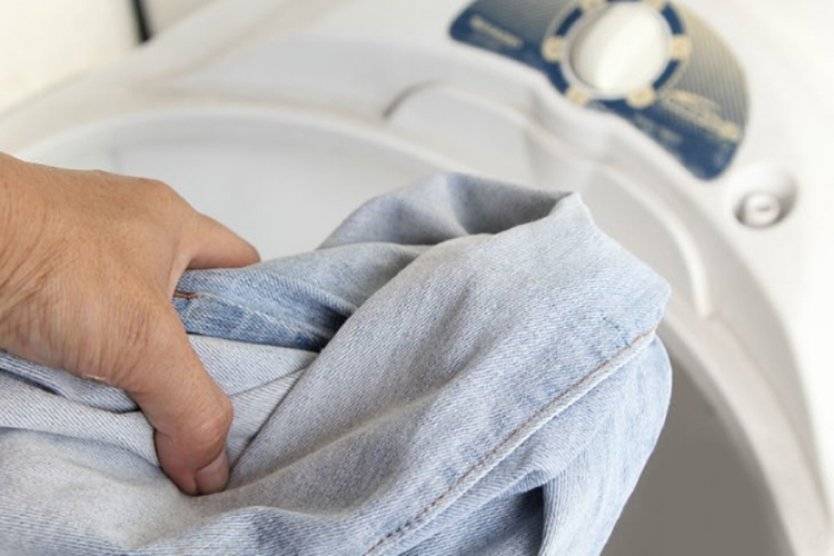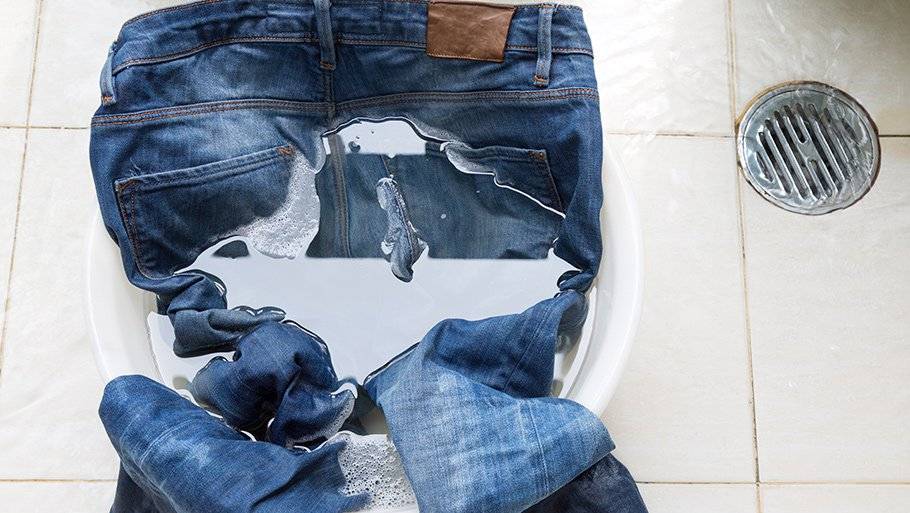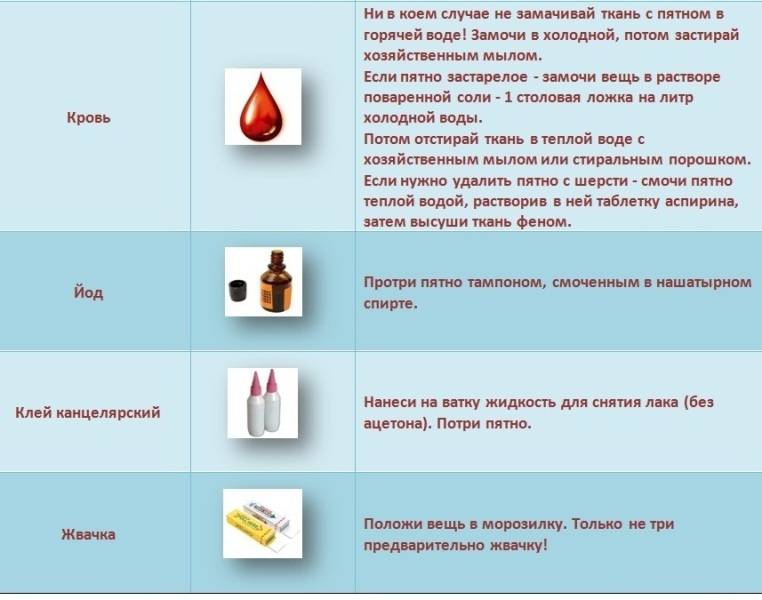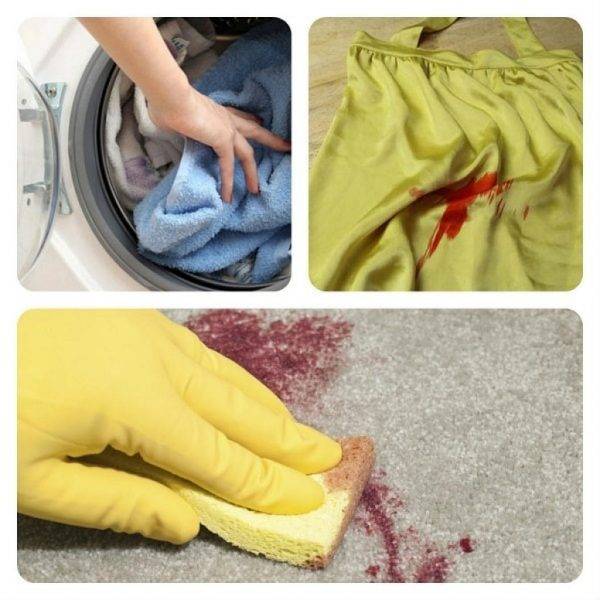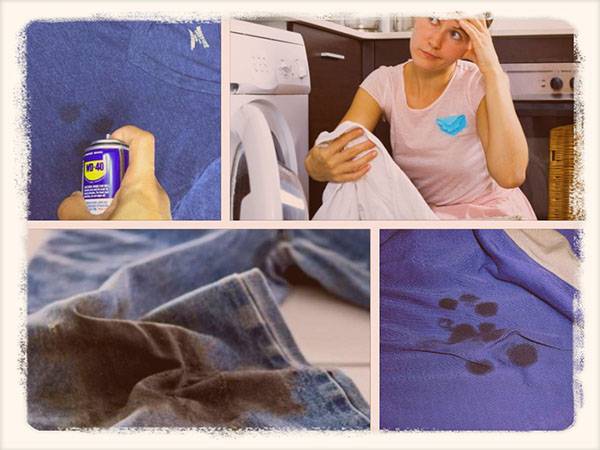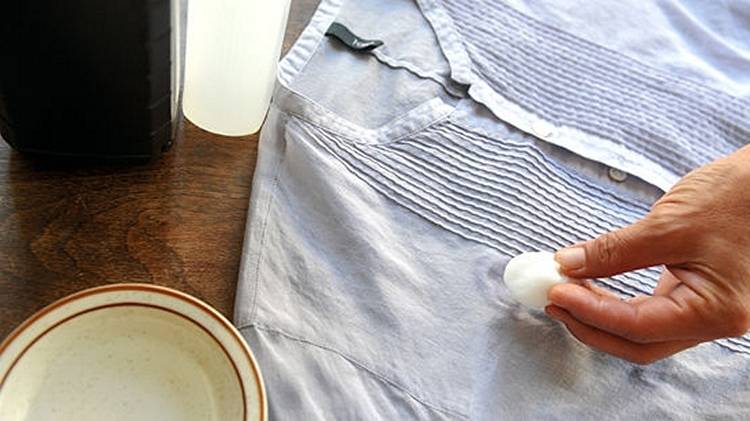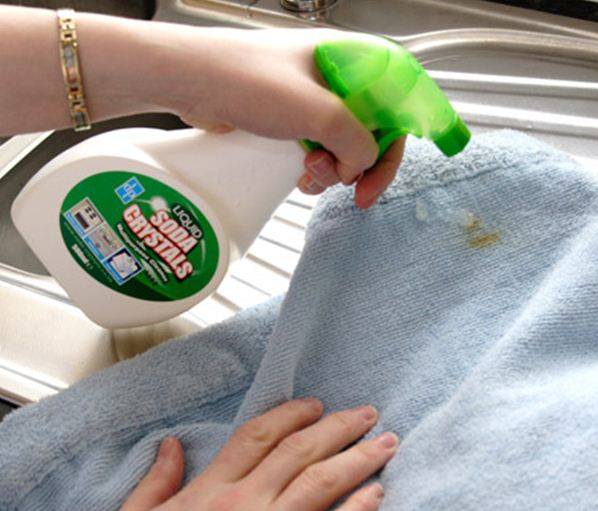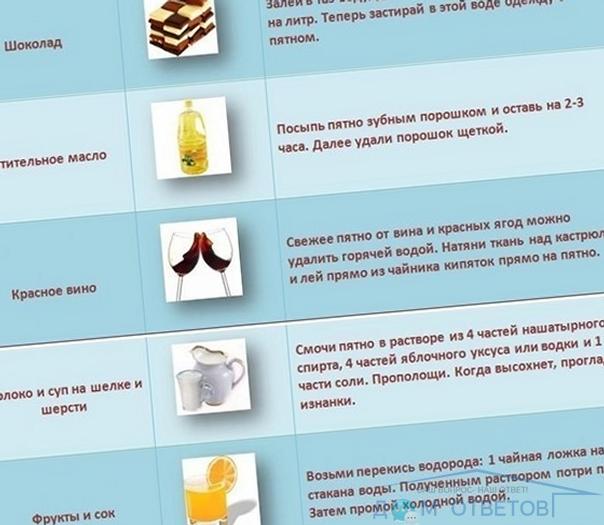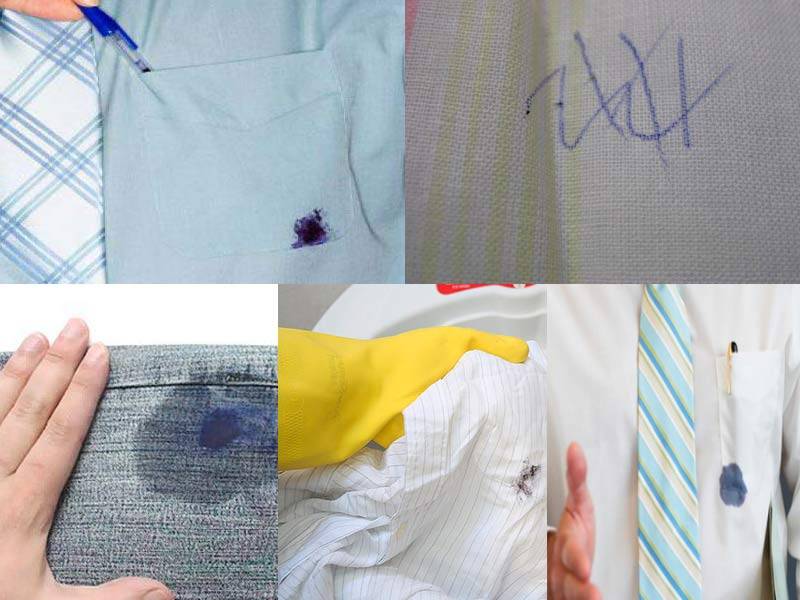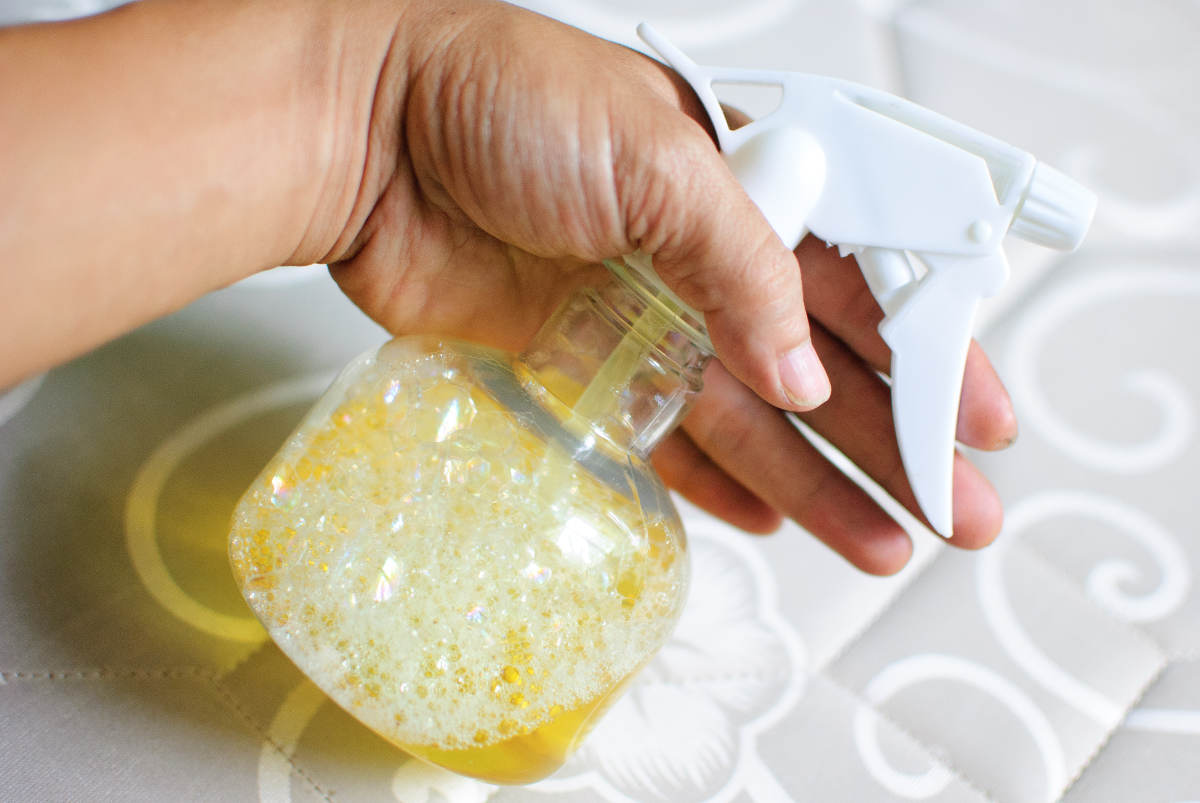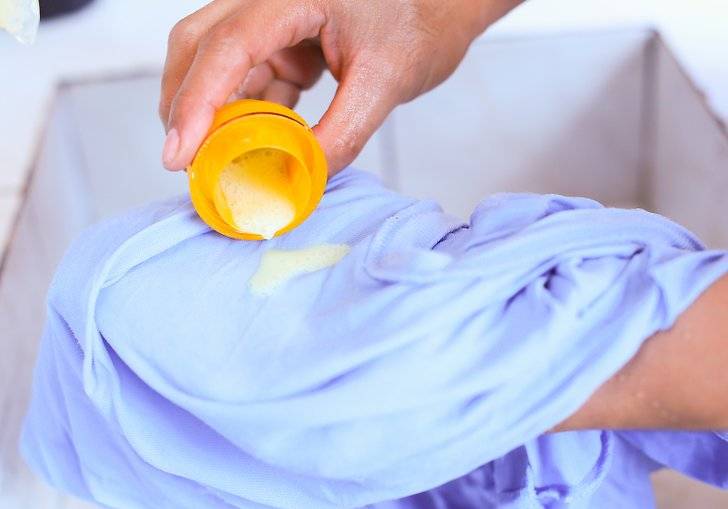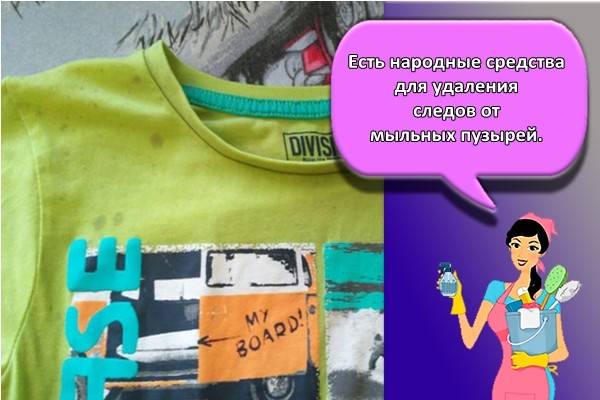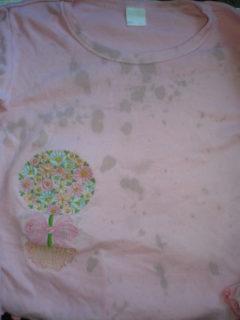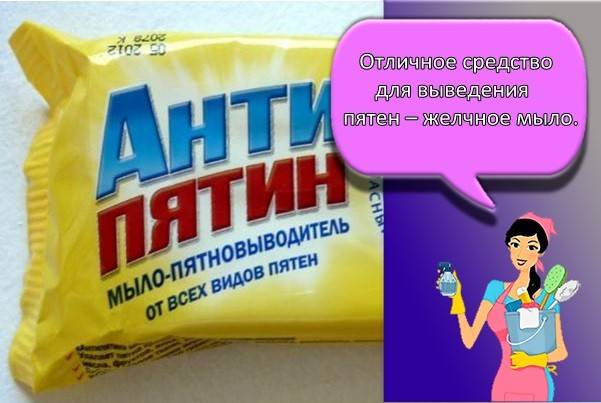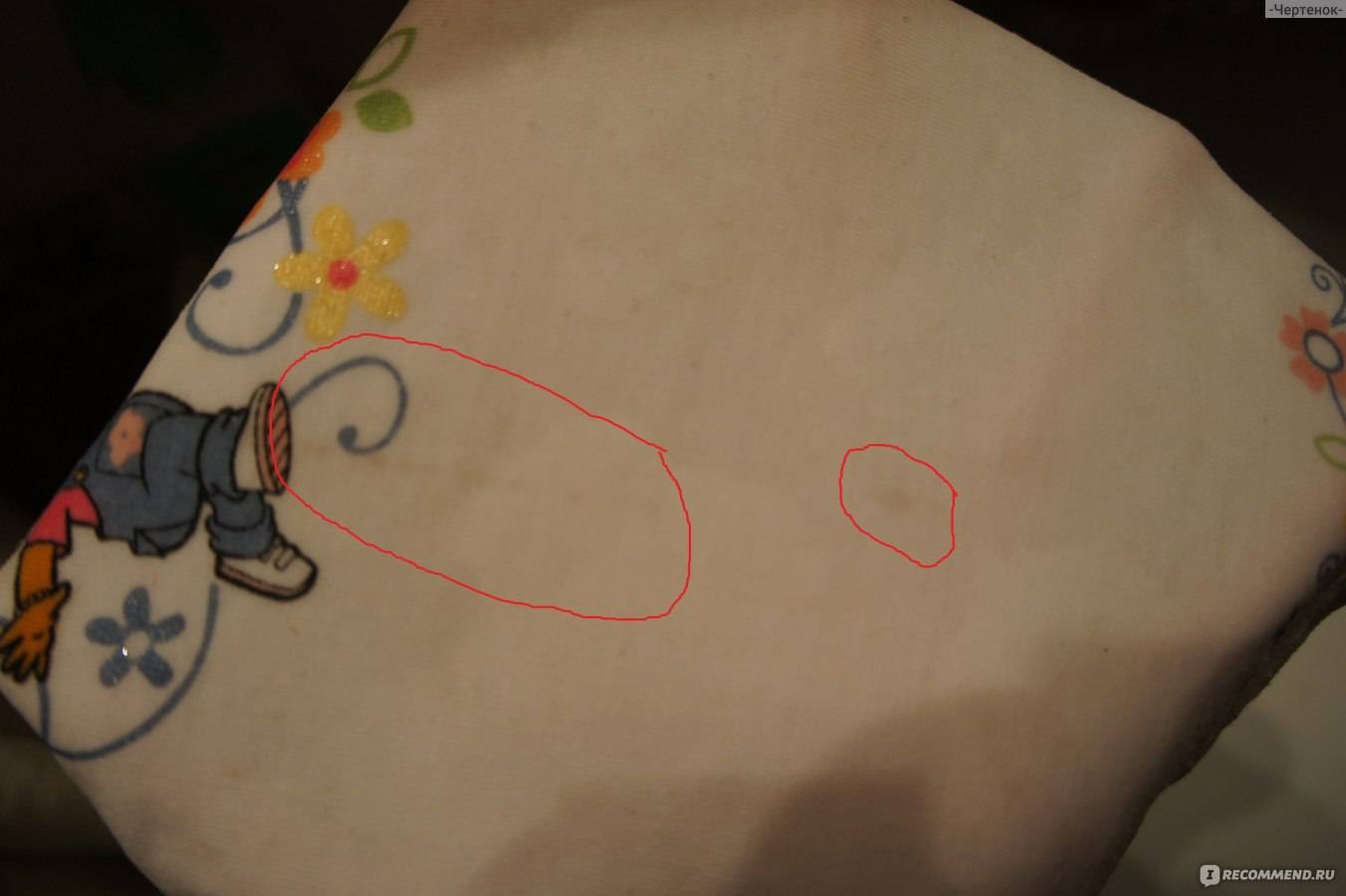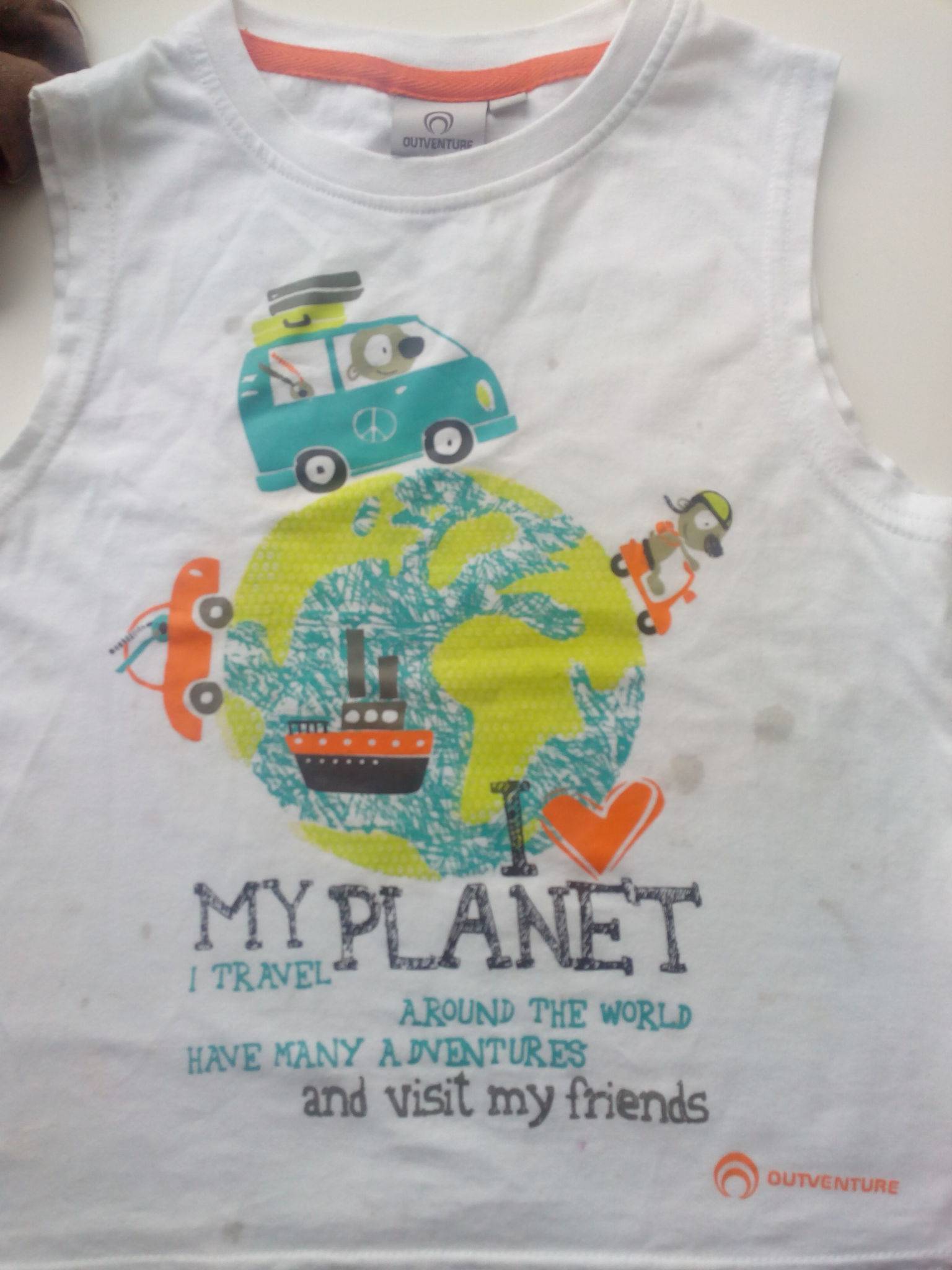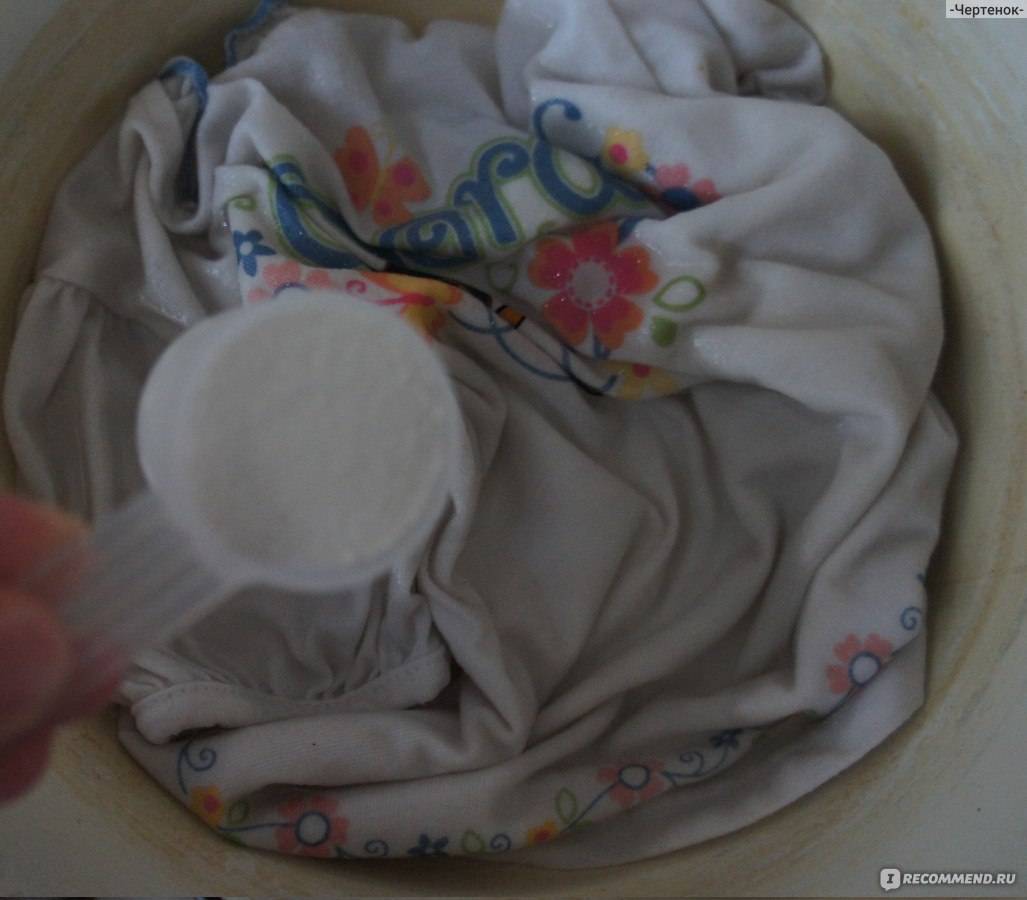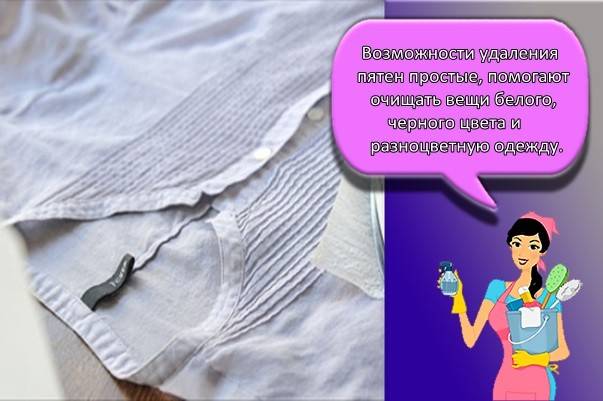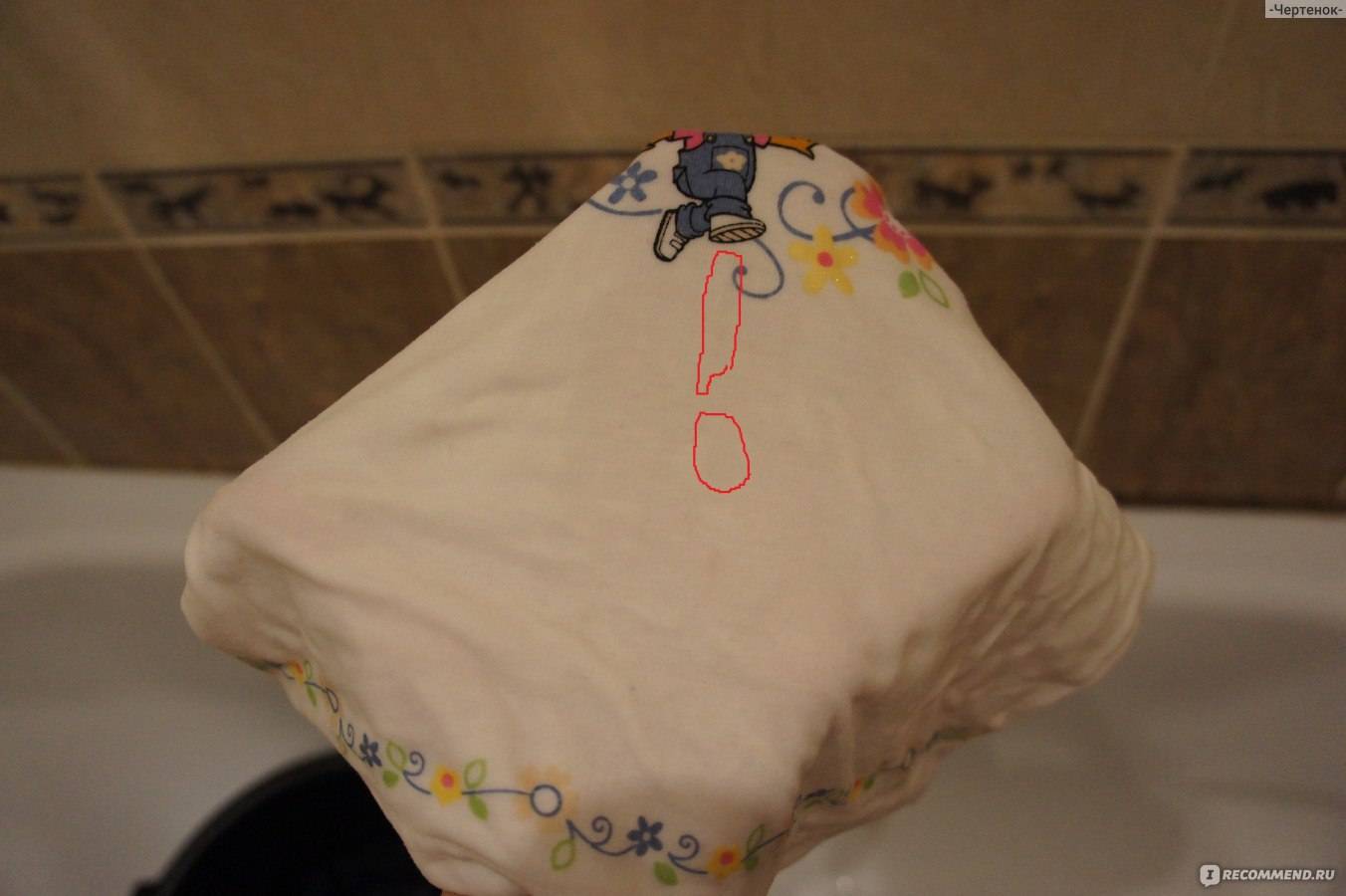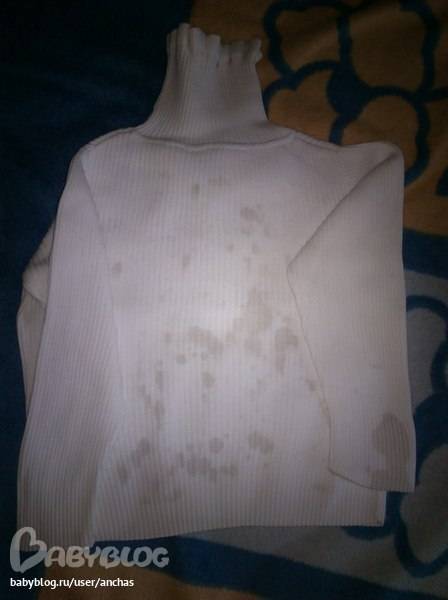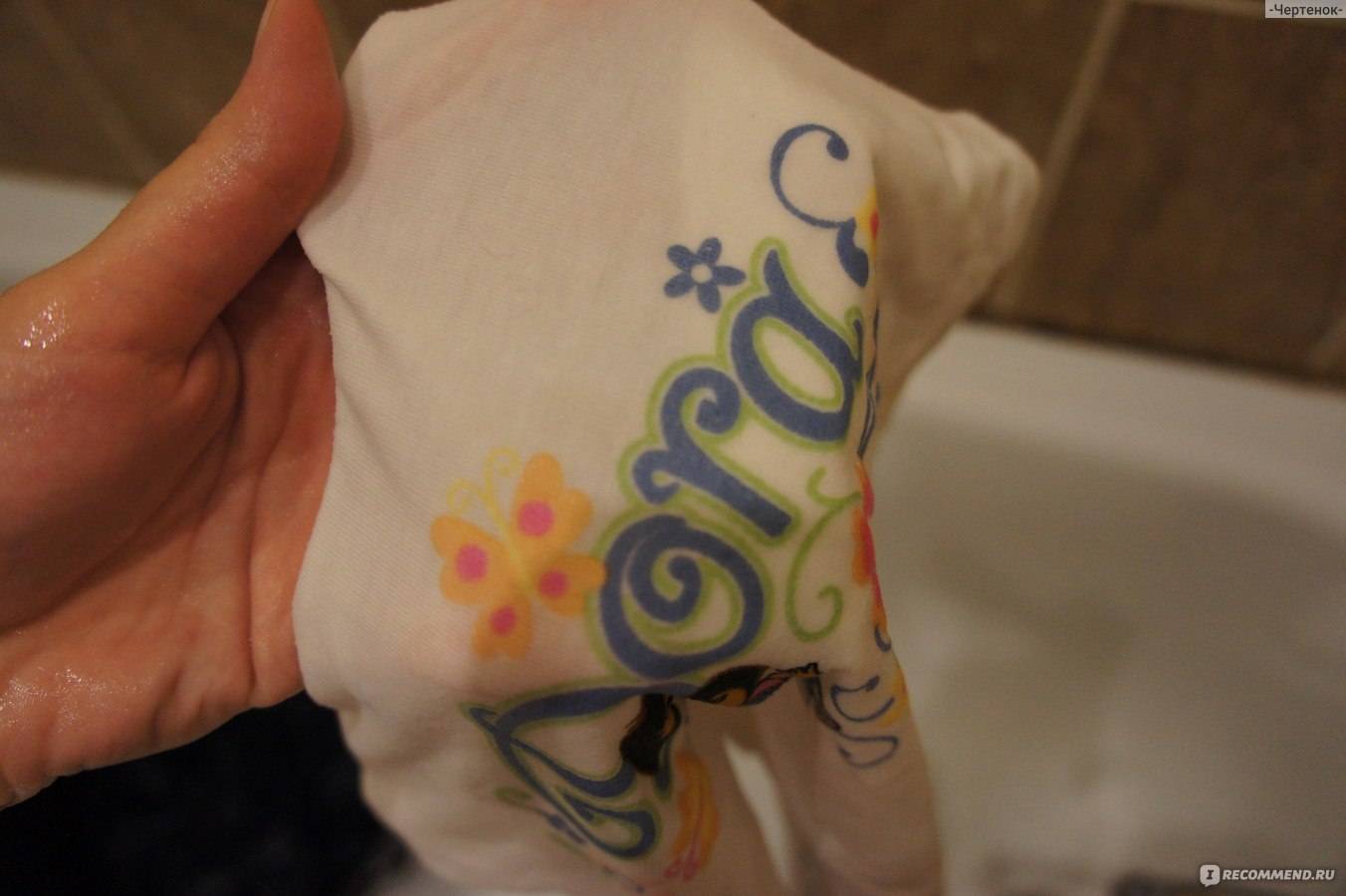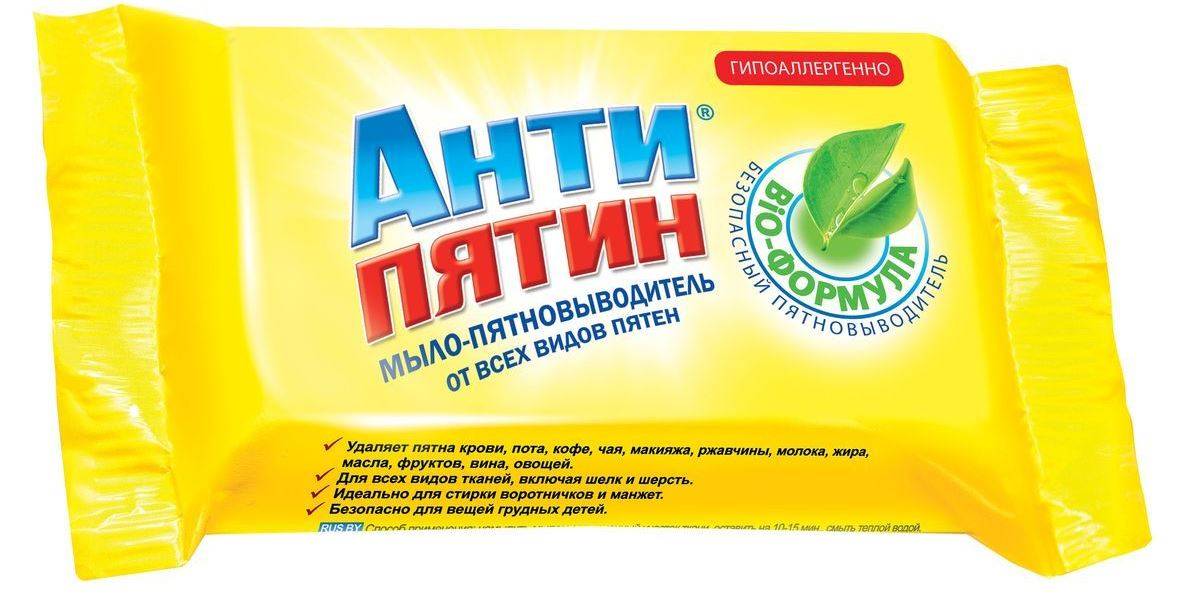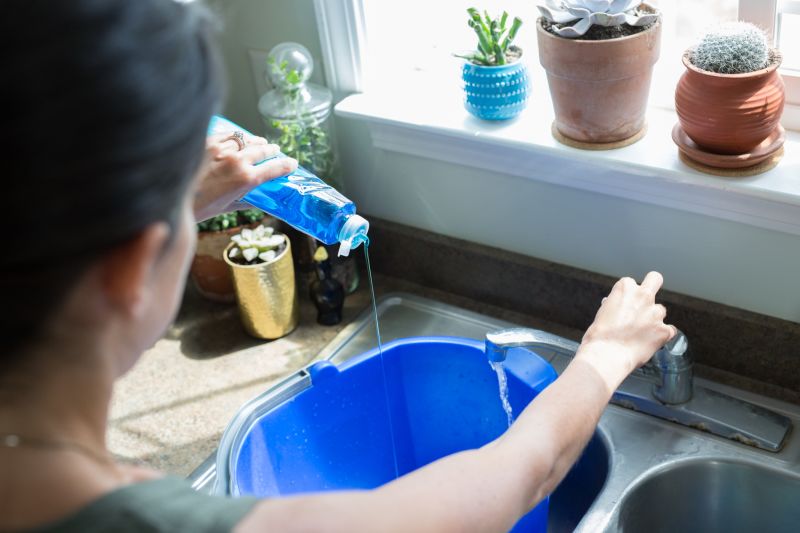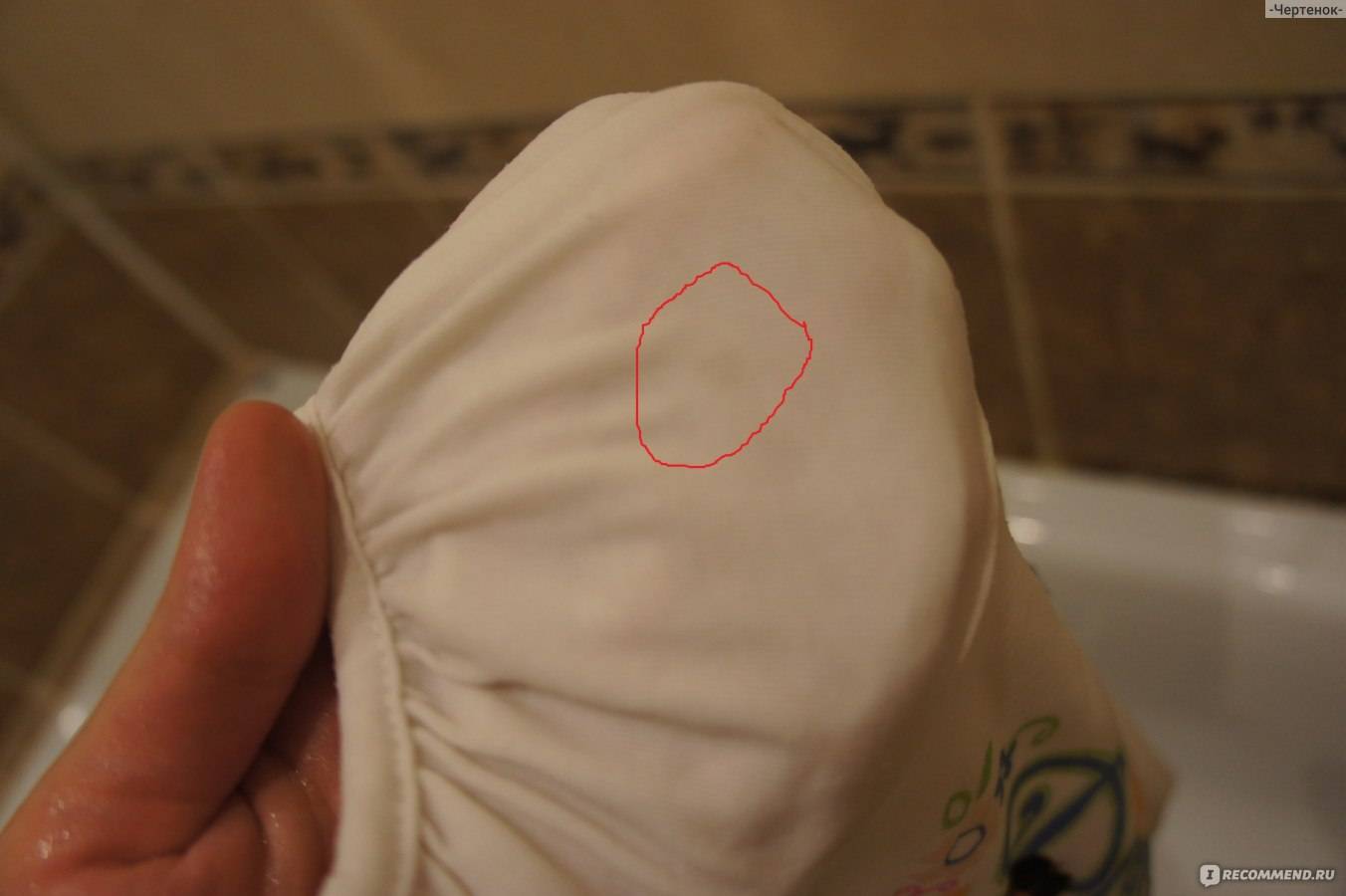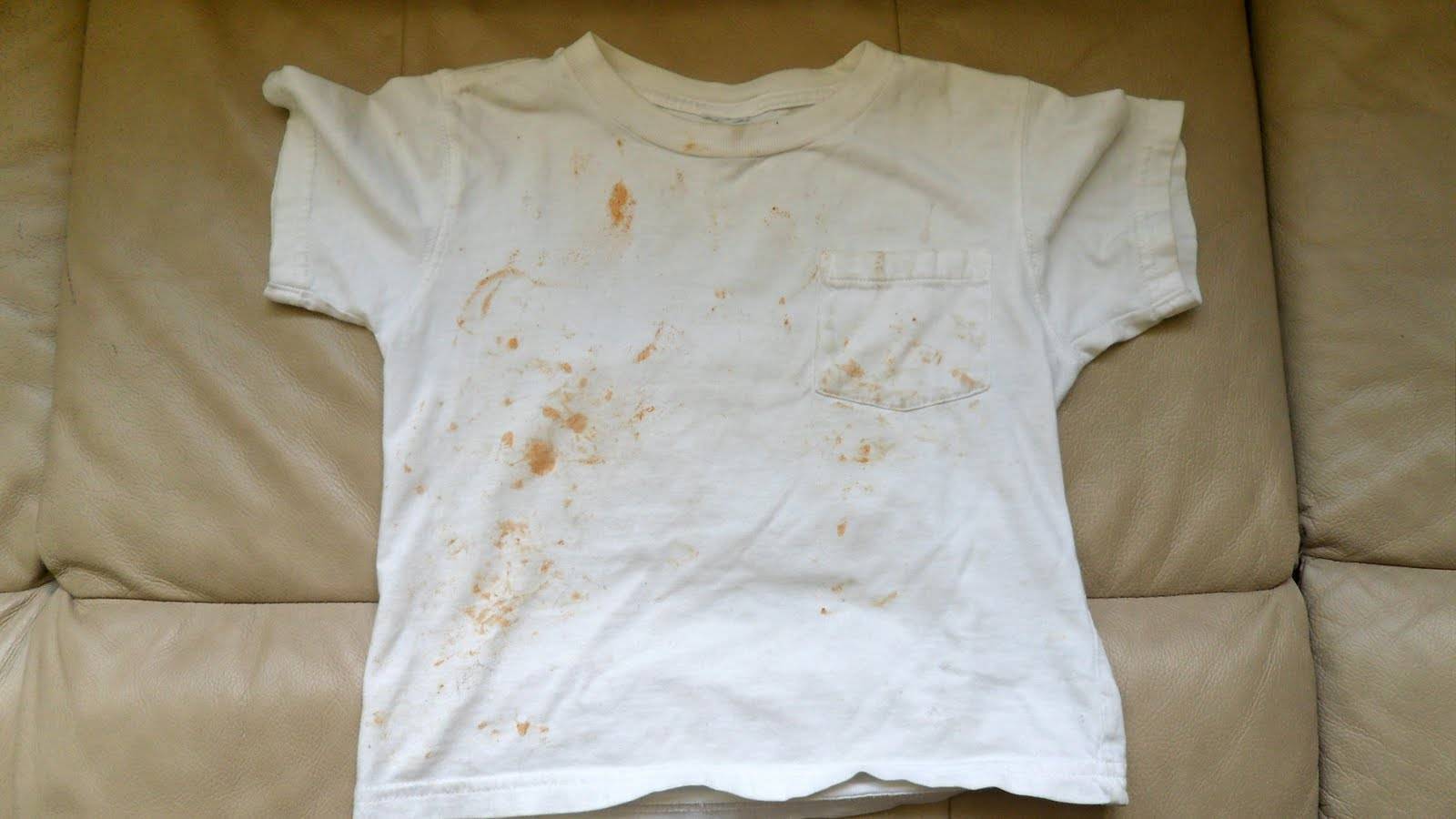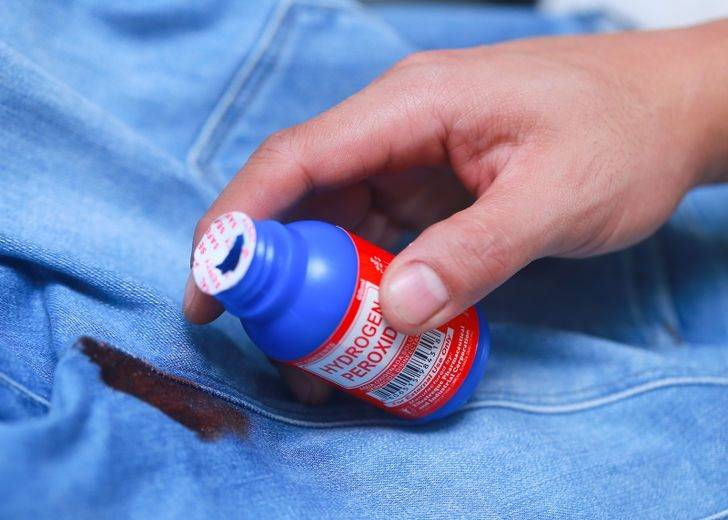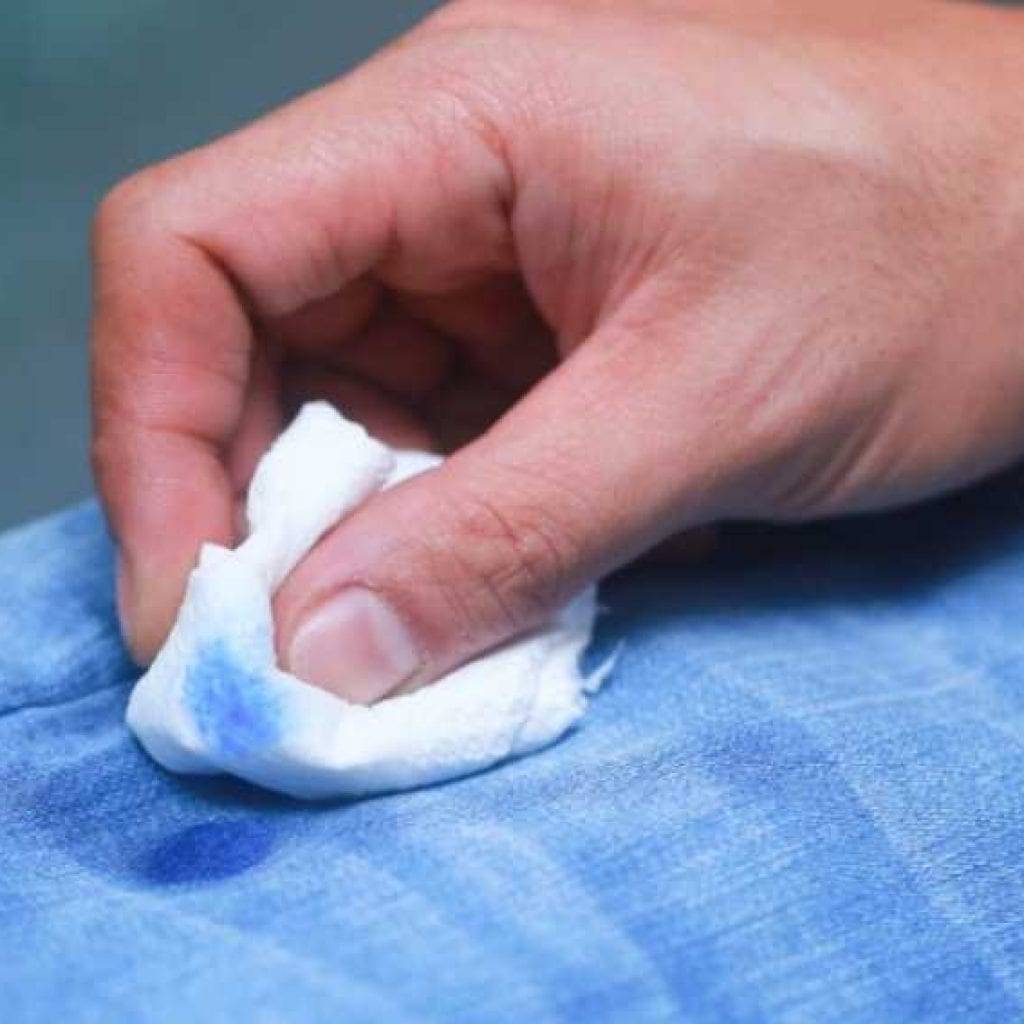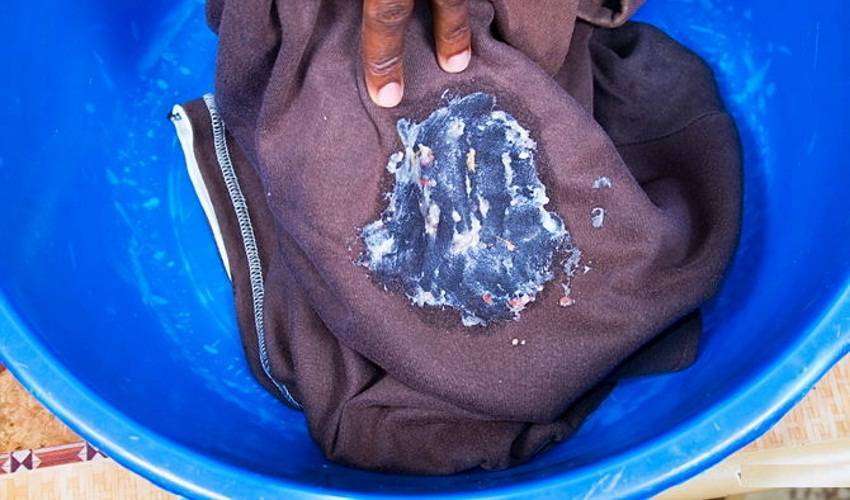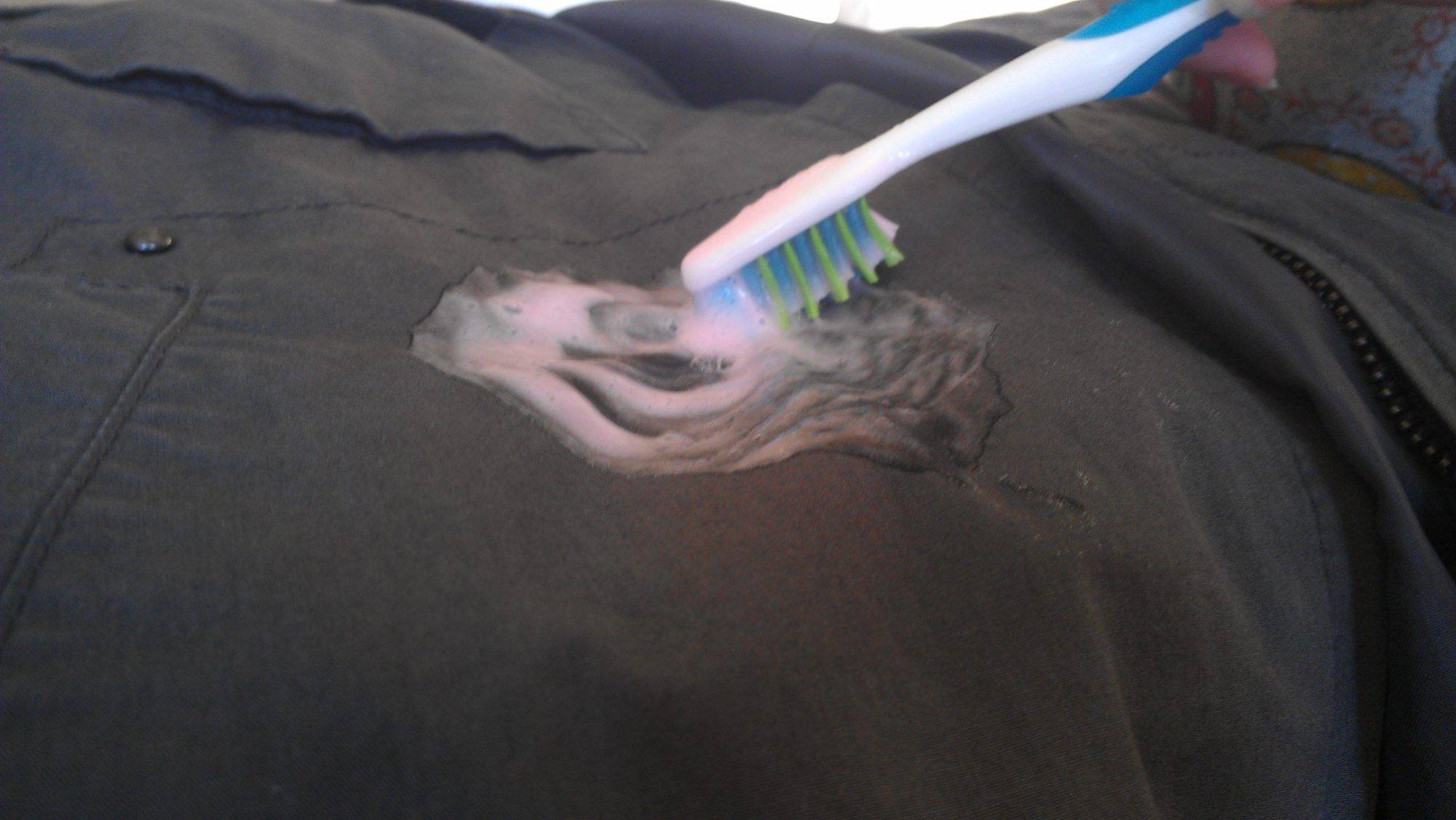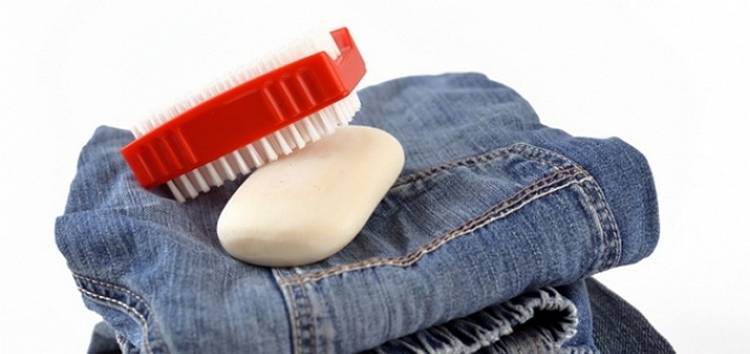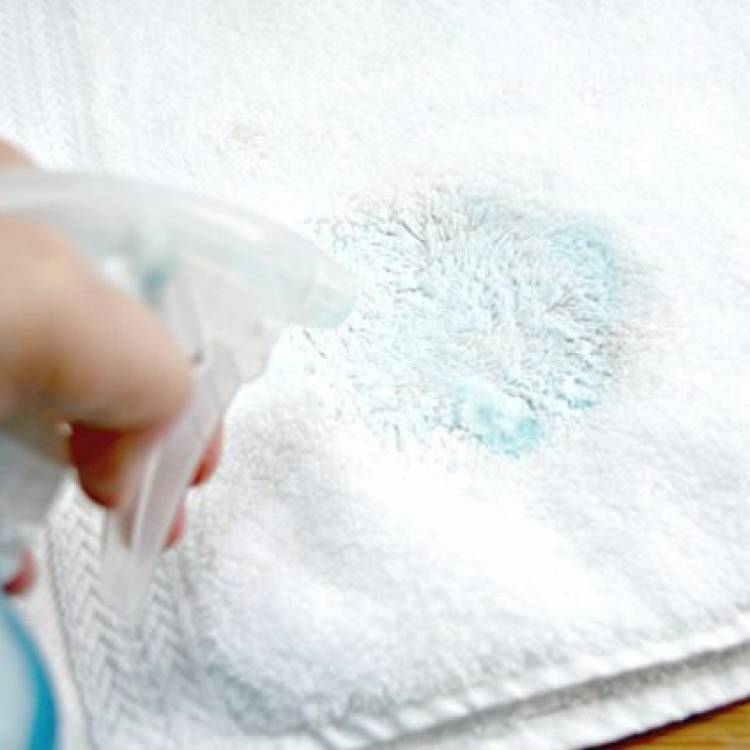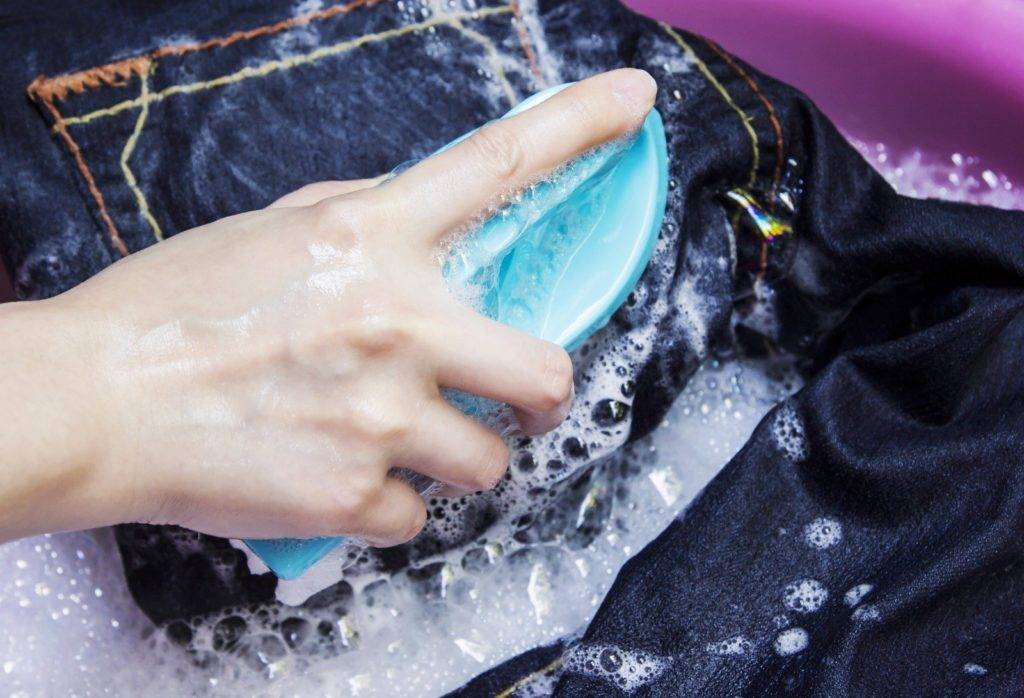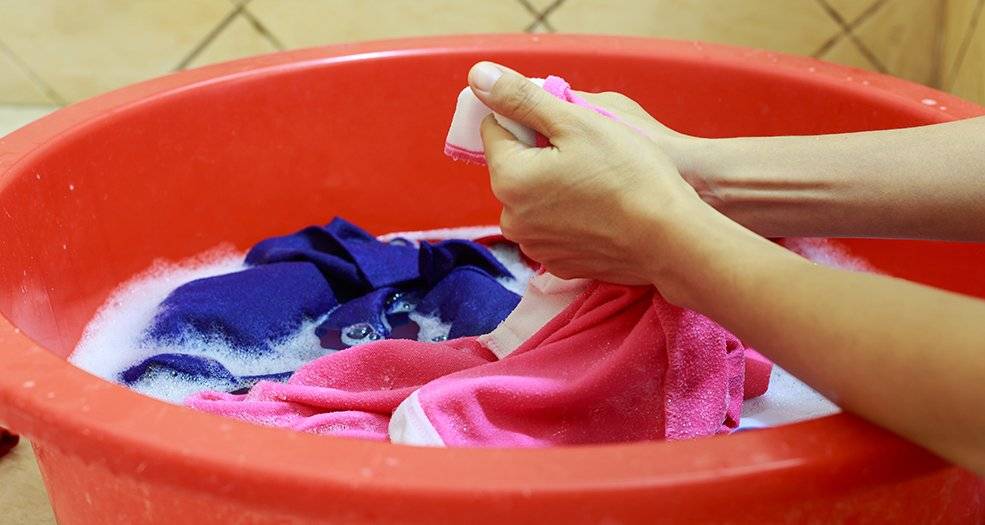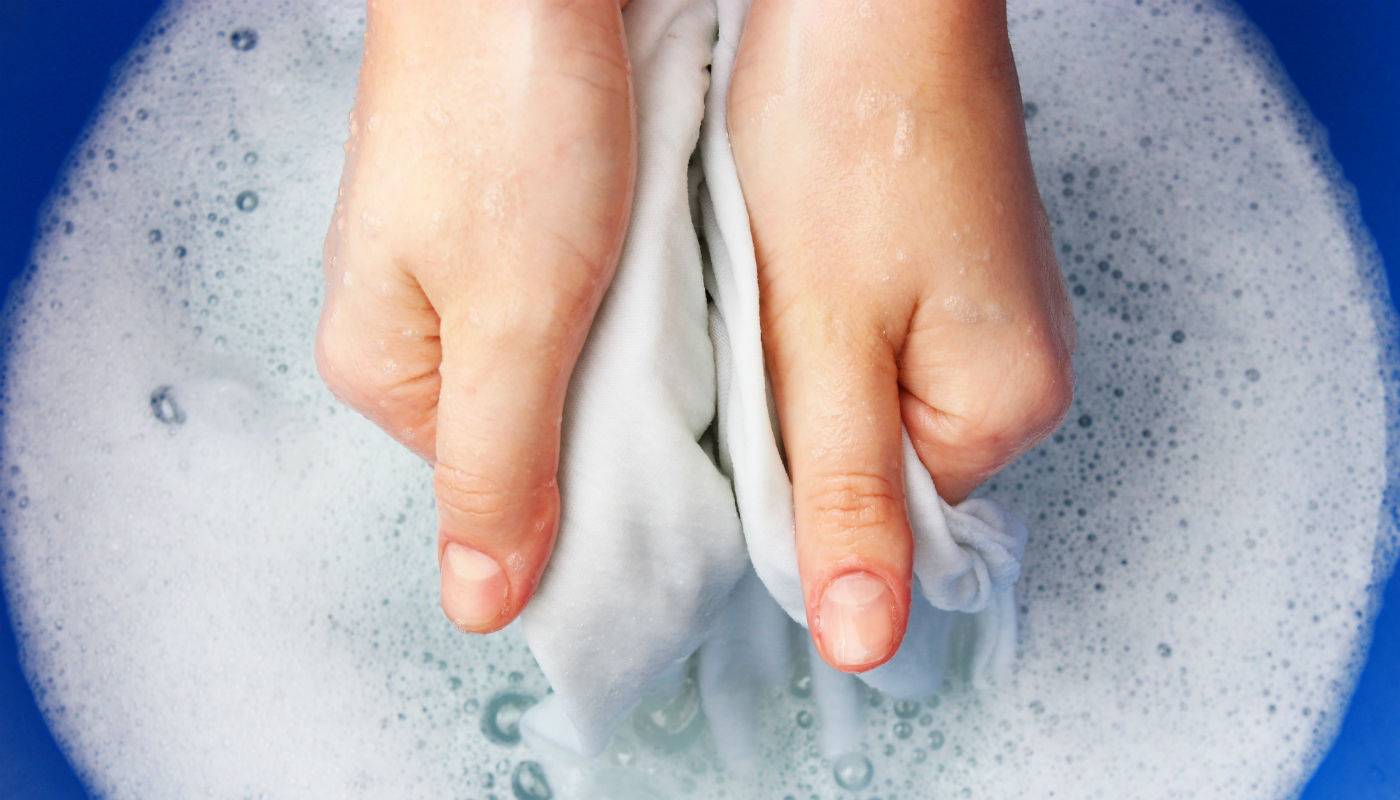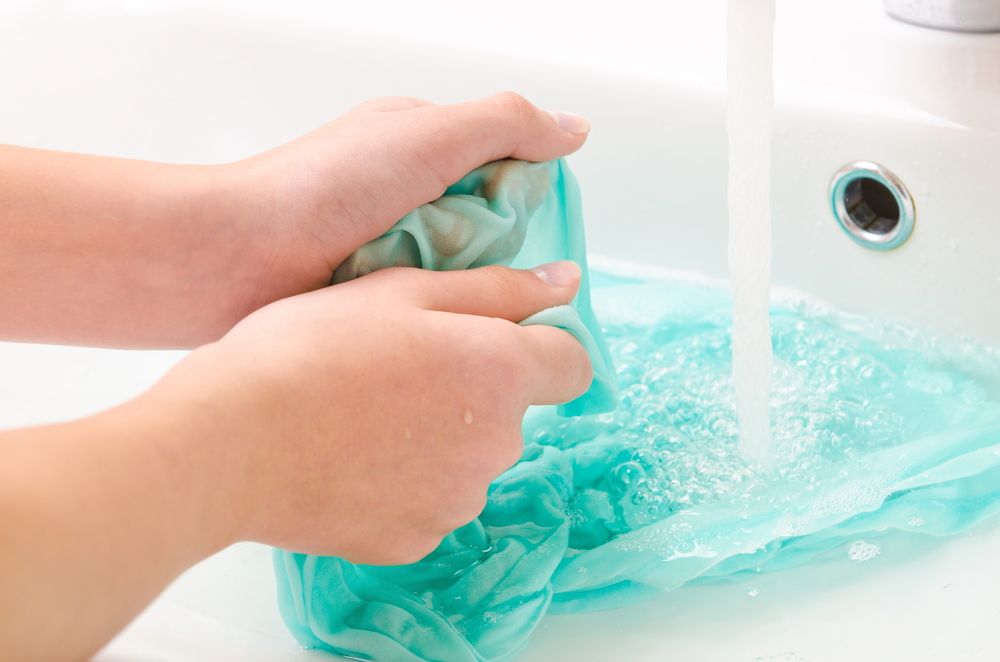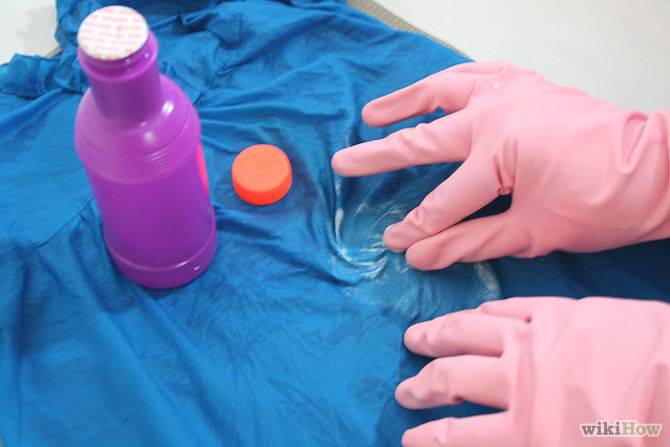Improvised means
The longer it takes from the moment the dirt appears, the more difficult it will be to remove the stains. If possible, they should be washed immediately. Dirt can be of different origins, depending on this, it is necessary to select a substance that will return things to cleanliness.
- Laundry soap is a simple product that can be used to remove many contaminants. Not capable of damaging any fabric. It is necessary to soak the stain with cold water, then treat it on both sides. Let it lie down for a while, then wash as usual. The tool is cheap, but in many cases it copes no worse than the expensive advertised chemical compounds.
- Soap solution - to enhance the effect, grated soap must be mixed with baking soda and salt in equal proportions. The composition is left on contaminated clothing for several hours. Copes especially well with stains on cotton.
- Hydrogen peroxide with aspirin is not only medicine, but also irreplaceable helpers in the household. The tablets must be crushed and mixed with a peroxide solution, then applied to a dirty area of clothing. The mixture copes well with stains from fresh berries, rust.
- Table vinegar - quickly removes unpleasant odors, refreshes the color of fabrics. Acetic acid solution is diluted with water and applied to the problem area. The action takes place in a few minutes. Can be used on any fabrics.
How to get rid of soap bubble stains with specialized products
If household folk methods that allow you to remove stains from soap bubbles after washing do not work, you can use stronger means - specialized powders and solutions with an aggressive composition:
- ACE bleach, a very powerful tool, helps to wash off gray stubborn dirt from white monochromatic clothes. Warm water is poured into a large basin, half a glass of bleach is diluted in it, and then the soiled thing is immersed in the solution and left for 2 days. After this period, the clothes must be taken out and checked for stains, the most stubborn dirt can be additionally washed with laundry soap. After that, the thing is washed in the usual way and rinsed thoroughly to remove the remaining bleach. The disadvantage of ACE bleach is that it is not suitable for cleaning delicate fabrics and colored items.
- Antipyatnin, a soap that helps to remove stains even in cold water, helps to remove old dirt from soap bubbles. It is necessary to properly soap the affected thing with soap, and then soak the soiled clothes in the basin for several hours. Antipyatnin contains amino acids and enzymes that weaken the structure of stubborn traces of soap bubbles. The product does not cause allergies - therefore, you can also wash children's things in it that require careful handling. It is also possible to soak silk and wool with soap, but it is necessary to carefully observe the proportions recommended by the manufacturer so as not to disturb the concentration of the product.
- Simpler chemicals such as Fairy dishwashing detergent or Amway soft powder that does not contain gelatin and starch in its composition help to wash gray stains on things. True, it is recommended to soak things in solutions with these products immediately after soap bubbles hit the clothes, that is, even before the appearance of distinct stains as a result of washing. If you process the thing with the specified means in a timely manner, then traces of glycerin will no longer appear.
- Clothes doused with a glycerine solution can also be soaked in Vanish or Sana before washing, these products help to remove dirt even before the main wash and do not allow them to appear on the fabric after a full cycle in the washing machine.
While there are many ways to remove glycerin spots that have dried on fabrics, it's best not to wait for the dirt to show through. It is necessary to soak clothes in soft solutions without gelatine and starch additives immediately after the bubbles hit the fabric. Clothes can be washed with laundry soap, it is most natural and does not contain additives that increase the risk of glycerin traces.
How to wash soap bubbles from clothes using folk methods
To remove unsightly stubborn stains on clothes after soap bubbles, you do not need to immediately resort to aggressive specialized products. To begin with, you can use household methods and try to wash off contamination with substances that are in any home.
How to remove soap bubbles from clothes with lemon juice
A very simple but effective way to remove glycerin stains is to use juice squeezed from fresh lemon. The soiled thing should be laid out on the table, and then cut the lemon in half, squeeze the halves and generously pour over the specks of juice.
The citric acid found in citrus fruit is excellent at dissolving stubborn dirt and helping to remove bubbles. The juice needs to be left for about an hour so that it has time to penetrate into their structure. After that, the thing is washed by hand or in an automatic machine, the stains should leave without a trace.
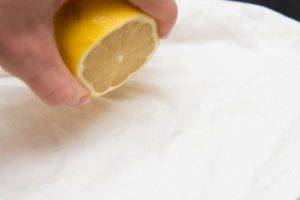
However, it should be borne in mind that lemon juice has bleaching properties and can negatively affect the condition of colored and dark clothes. To begin with, it is recommended to test the folk remedy on an inconspicuous area of the thing and make sure that its color does not change.
How to clean soap bubble stains with Chlorhexidine
Inexpensive Chlorhexidine is in any home medicine cabinet, it is used to disinfect scratches, abrasions and burns. But the usual antiseptic has another useful property, it helps to remove soap bubbles from T-shirts and other things.
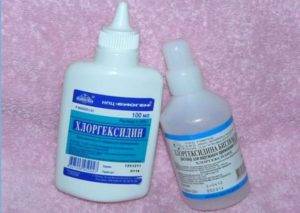
The thing, which has unsightly gray spots, must be dotted with Chlorhexidine solution directly from the bottle. The treated clothes are left for an hour, and then soaked in cool water and washed with laundry soap. Chlorhexidine makes the structure of the stains less durable, and if you rub the cloth lightly with soap, the dirt will come off quite easily. After washing, the clothing will need to be thoroughly rinsed to remove any cleaning agent residues.
How to remove traces of soap bubbles with hydrogen peroxide
Hydrogen peroxide is the second most popular antiseptic that can be found in many first aid kits. In terms of its medicinal effect, it is almost identical to Chlorhexidine, and in everyday life it also helps to remove soap bubbles with glycerin.
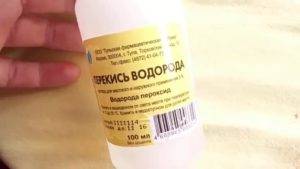
Peroxide is used in a similar way - the soiled thing is soaked in cool water, then gray spots are abundantly moistened with peroxide and rubbed with their hands for several minutes. Then the thing should be left for about an hour, after which it should be rubbed again with laundry soap and rinsed thoroughly.
When using peroxide, stubborn glycerin stains will begin to recede already during the soaking phase. A full-fledged processing will allow you to get rid of them without a trace.
How to remove soap bubbles from clothes with vegetable oil
The method seems rather strange, because at first glance, the vegetable oil itself leaves stubborn marks on the fabric, and people often do not know how to cope with such contamination. But when it comes to removing specks from the glycerin mixture, oil has a very beneficial effect. It enters into a chemical reaction with glycerin molecules and breaks it down, after which both the pollution and the oil itself are perfectly removed from the tissue.
In order to remove the stubborn specks from your favorite things, prepare the following solution:
- 3 large tablespoons of vegetable oil are poured into a saucepan of 5 liters;
- add half a glass of washing powder and 1/4 cup of bleach;
- pour the ingredients to the top with boiling water and immerse the soiled thing in the solution.
The clothes should be left in the solution until the water has completely cooled down.
After that, they try to wash the thing with their hands, paying special attention to the places where there were specks. If desired, for a greater effect, clothes can be placed in the washing machine, this will also help to wash and rinse the thing with high quality.
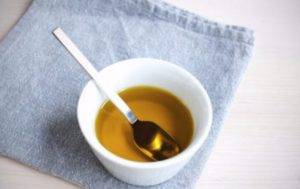
The main ways to get rid of
Depending on the type of fabric, you can remove white streaks from the powder using one of the following products. Solutions can be prepared from ingredients available in the kitchen in minutes.
Laundry soap and vinegar
2-3 liters of water are poured into a basin and a couple of tablespoons of vinegar and a little grated laundry soap are added. The thing is washed in the resulting solution.
Rinse aid for colored laundry
The product is mixed with 1-2 liters of water, based on the manufacturer's recommendations. The amount of liquid may vary depending on the size of the stains and the amount of clothing. Washing lasts 3-4 minutes, after which things are taken out of the solution and rinsed under running water.
Citric and Oxalic Acid
Add 1 teaspoon of this or that substance to a small amount of warm water. A cotton pad is moistened in the mixture and the stain is wiped. The clothes are rinsed under running water.
Ammonia
An alcohol solution will help to remove stains from powder from things made of light-colored fabric. To prepare the mixture for half a glass of water, add a teaspoon of ammonia. Treat the dirty place with a slightly damp swab. If necessary, repeat the procedure until the stains disappear.

Hydrogen peroxide
An affordable tool is used not only for medical purposes, but also for solving many everyday problems. 2 parts hydrogen peroxide (3%) and 1 part detergent. The mixture is poured into a spray bottle. Treatment plan:
- White stains are sprayed with a spray.
- Rub the product with a soft cloth or fingers.
- After 3-5 minutes, the item is washed again. Leave the peroxide on longer: the fabric may discolor.
Please note: before use, the solution must be checked on an inconspicuous area of the fabric. If used improperly, the concentrate can lighten the fabric several shades.
Double rinse in the washing machine
You can remove stains by rinsing thoroughly. For this you need:
- Add powder or conditioner to container.
- Switch on the double rinse mode.
- Hang things on the dryer.
This is the easiest, but at the same time one of the most effective ways to get rid of traces of powder.
Boiling water
If the fabric is "not afraid" of high temperature, the item is placed in a basin and poured with boiling water. After half an hour of soaking, the clothes are taken out and rinsed well.
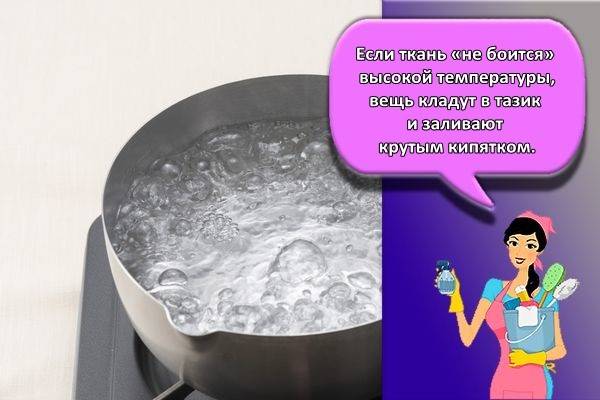
Bleaches
Bleach will help bring your favorite blouse back to white. Before use, you need to carefully study the product tag to make sure that an aggressive substance does not completely ruin the thing. Bleach is only applied to blue spots. After the end of processing, the thing is rinsed.
Prophylaxis
If after washing the stains remain quite often, it means that something in the technology of cleaning things is going wrong. Clothes will be exactly clean, provided that a number of rules are followed:
- Before putting in the machine, all things must be turned out.
- Fabrics prone to streaking, dyed in black and other dark colors, are washed with liquid washing gels.
- Rinsing things by hand is better than using a washing machine. So the powder rinses out many times better.
- Leather or suede products are dried in a horizontal position, after straightening the creases. Wardrobe items made of knitted fabrics are hung on a hanger and straightened. From time to time, for faster drying, the clothes on the hanger are turned over to the other side.
The last rule: do not put too many items in the drum to dry.
To make clothes covered with white stains regain their original appearance, you can use one of the effective home methods. Powder marks disappear immediately after processing or washing.
Share link:
Soap bubbles - they are insidious
Most of the bubbles are made in China. Even if the label states that a jar with a ring on a stick came to this store from Europe, most likely this is not the case. 80% of this product is manufactured in Asia. It is the stains they leave behind that are most difficult to deal with.
As a rule, dirt appears on colored things, it is more difficult to find them on light or white ones. The spots can be shapeless or clearly round (depending on the soap bubbles). Since not everyone knows that this kind of pollution is difficult to remove, they begin to blame the washing machine and everything connected with it: an oil seal drip, a problem in the bearing, hard water or dirty water. Call the foreman, put filters .... In general, money is thrown away. Note that the stains are not noticeable before washing, they begin to appear in the process. The resulting dirt cannot be removed with bleach.
Why do soap bubbles leave marks on clothes?
At first glance, bubble soap is completely harmless to things. Therefore, parents do not stop children having fun with bubbles, and do not pay attention to wet spots that appear on clothes from spilled solution or bursting bubbles themselves. Moreover, dried clothes look completely clean, and no fatal contamination is observed on them.
However, the very first wash gives an unexpected effect - the children's things taken out of the washing machine turn out to be densely covered with very noticeable dark spots from soap bubbles. And it is very difficult to remove the marks, the dirt is difficult to clean, sometimes things have to be simply thrown away or worn exclusively at home.
Soap bubbles leave marks on clothes due to the presence of glycerin in the composition. The problem also lies in the fact that stains do not appear instantly, but after washing. Glycerin reacts with the chemical components of the powder, in particular with gelatin, and a difficult-to-remove trace appears on the tissue.
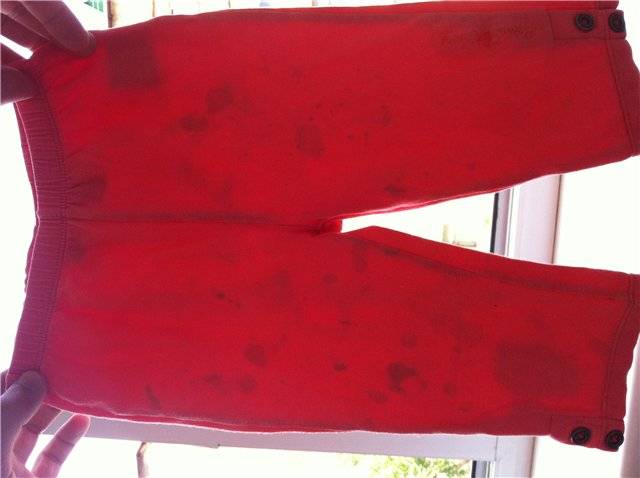
Household chemicals
The first step is to resort to the simplest method - to wash things in an automatic machine. Which product to add depends on the origin of the stains and the degree of soiling. Do not trust everything that the manufacturer writes on the packaging - the powder is called "universal" only for the sake of word of mouth. Unfortunately, there is no such composition that will help remove absolutely any dirt. Therefore, you will have to stock up on various active agents - both dry and liquid.
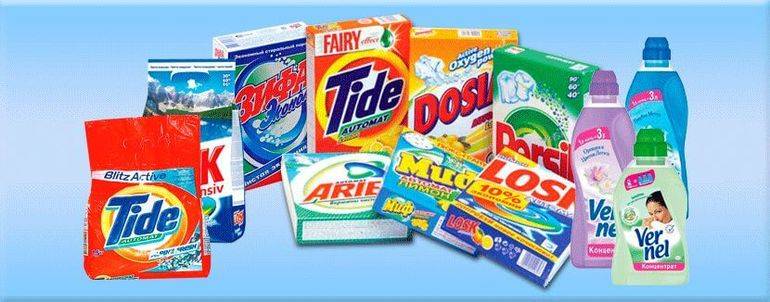
Washing powders are designed for various degrees and types of soiling. One should be used if a fresh wine stain is not washed, the other should be used if there are old traces of grease. Without a great knowledge of chemistry, it is unlikely that you will be able to figure out the composition on your own, but you can always study the information about the main ingredients.
Biopowders are very effective, but their cost is quite high. When using this product, it is worth remembering that enzymes do not work in hot water. They will simply stop performing their task.
How to remove a fresh greasy stain
A fresh, freshly put greasy spot (if it has not been more than three hours) is the easiest to remove. Sometimes it is enough to simply clean the dirty area with any detergent and then wash it. If after treatment the stain still remains, in no case do not wash the item, the stain must be completely removed before starting the strip.
Do not wash stained items in the washing machine without pretreating the dirty area. This can make the situation worse and make it even more difficult to remove the stain.
You can use one of the following methods to pretreat a fresh grease stain.
Dishwashing liquid
The dish detergent contains special components that absorb grease. Wet the contaminated area with water and apply a small amount of liquid to it. Wash, leave for 15 minutes, then rinse with water. If the stain has disappeared, you can wash your clothes in the washing machine with powder. If there are still traces of grease, repeat the procedure before washing.
Use color detergents with care to remove greasy stains from light-colored garments, as they can stain them.
Shampoo for oily hair
Less effective than dish detergent, but works on delicate fabrics such as wool, velvet, silk and chiffon. Apply a small amount of shampoo to the stain, wash gently, leave for half an hour and wash in warm water without using powder.
Edible salt
With the help of this product, not only greasy stains are removed from clothes, but also stains from wine, berries and sweat. But salt is only effective on fresh dirt. Therefore, as soon as the stain is placed on the clothes, you need to sprinkle this place with salt and lightly grind it. When the salt has absorbed the fat, remove it and sprinkle again with new. Repeat the procedure until complete cleansing. Then wash as usual.
Ammonia
To remove greasy stains from synthetic clothes, use a mixture of a teaspoon of ammonia and half a glass of warm water. Apply to a light-colored cloth and rub the dirt. Then iron the area well through the napkin.
Toothpaste
Regular toothpaste also works well for greasy stains on clothes. Apply it to the dirty area, leave it on for a couple of hours and wash it well. For clothes made of light-colored fabrics, you can use any paste, for colored ones it is better to take a gel paste.
chalk
You can safely remove a greasy stain from clothes made from natural fabrics (linen, cotton, etc.) with the help of crushed chalk. Apply chalk powder to the desired place, leave for a couple of hours, then remove with a damp piece of cloth and wash as usual.
Talc, starch and baby powder
Wool and silk clothes require delicate care. To remove stains, use a more gentle product such as talcum powder or baby powder. Place clothes on an ironing board or other flat surface, sprinkle talcum powder on the contaminated area and cover with a napkin. Run through with a warm iron and put something heavy on this place. Leave it on for a few hours.
Crumb rolls
Grease absorbed into the fine fluff of velvet clothing can be easily removed with fresh white bread. Take a piece of warm crumb, dab the stain with it and wash the item in soapy water without using powder.
Tracing paper
This method can be used on clothes made of any material that is allowed to be ironed. Place the pieces of tracing paper in place of the stain on the front and back sides. Place the garment on a flat surface and iron. Repeat the procedure several times until the fat is completely absorbed into the tracing paper.
How to wash in a washing machine
Automatic washing machines create ideal conditions for washing white fabrics. When choosing a mode, take into account the composition of the fabric and the manufacturer's recommendations.
Mode selection
Most modern fabrics have a mixed composition. When choosing a mode, they are guided by that part of the components that require the most careful attitude.
With a known composition of the fabric, select the appropriate pointer on the typewriter. It is better to wash materials in which there is even a small part of synthetic components in the "Synthetics" mode.
Temperature
The temperature is selected according to the composition of the fabric and the index on the labels. Fundamental rules:
- flax - 40-60 °;
- cotton - up to 90 °;
- synthetics and mixed fabrics - 40-60 °.
Do not exceed the recommended temperatures, white things may turn yellow and deteriorate.

